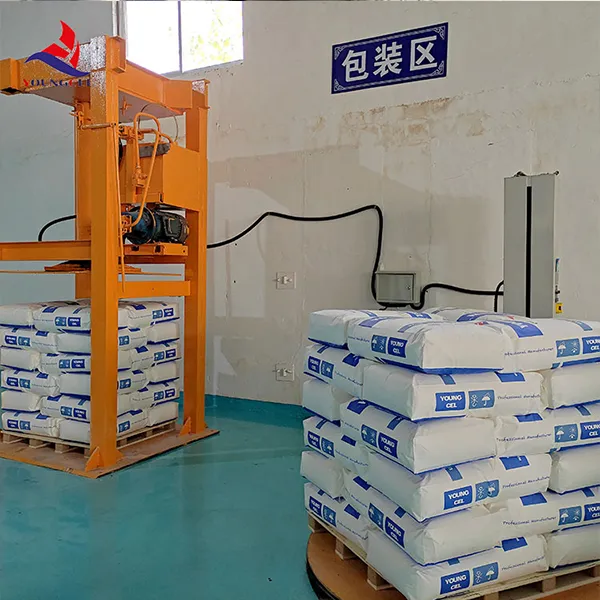The Role of Additives in Cement Performance
The Role of Additives in Cement Performance
Additives can be classified into two main categories mineral additives and chemical additives. Mineral additives, such as fly ash, slag, and silica fume, are natural or processed materials that are blended with cement to enhance its physical properties. Fly ash, for instance, is a byproduct of coal combustion that can increase the strength and workability of concrete while reducing the amount of Portland cement required. This not only leads to a more sustainable construction practice by recycling waste but also contributes to lower carbon emissions, as the production of Portland cement is energy-intensive.
additive for cement

Chemical additives, often referred to as admixtures, are substances added to the concrete mix to improve its performance. These can include water-reducing agents, retarders, accelerators, and air-entraining agents. Water-reducing agents are commonly employed to decrease the water content without compromising the workability of the mix, allowing for a higher strength outcome. Accelerators are used to speed up the setting time of cement, which is crucial in colder climates where delayed hardening can be problematic.
The use of additives not only influences the mechanical properties of cement but also its resistance to environmental factors. For instance, the incorporation of air-entraining agents helps produce tiny air bubbles within the concrete mix. These bubbles act as stress relievers, preventing the formation of cracks due to freeze-thaw cycles. This is particularly important in regions where temperature fluctuations can lead to significant structural damage.
In conclusion, the addition of various additives to cement can profoundly impact its properties and overall performance. By selecting the appropriate combination of mineral and chemical additives, engineers and architects can enhance the durability, sustainability, and efficiency of their construction projects. As the construction industry continues to evolve, the role of cement additives will likely become even more prominent, driving innovation and ensuring the longevity of infrastructure worldwide.
-
Rdp Powder: Key Considerations for Wholesalers in the Building Materials IndustryNewsJul.08,2025
-
Key Considerations for Wholesalers: Navigating the World of Hpmc - Based ProductsNewsJul.08,2025
-
Hpmc Detergent: Key Considerations for WholesalersNewsJul.08,2025
-
Key Considerations for Wholesalers: China Hpmc For Tile Adhesive, Coating Additives, Concrete Additives, and MoreNewsJul.08,2025
-
Crucial Considerations for Wholesalers: Navigating the World of Construction MaterialsNewsJul.08,2025
-
Key Considerations for Wholesalers Sourcing Additive For Cement, Additive For Concrete, Additive For Putty from Additive Manufacturer Shijiazhuang Gaocheng District Yongfeng Cellulose Co., Ltd.NewsJul.08,2025




